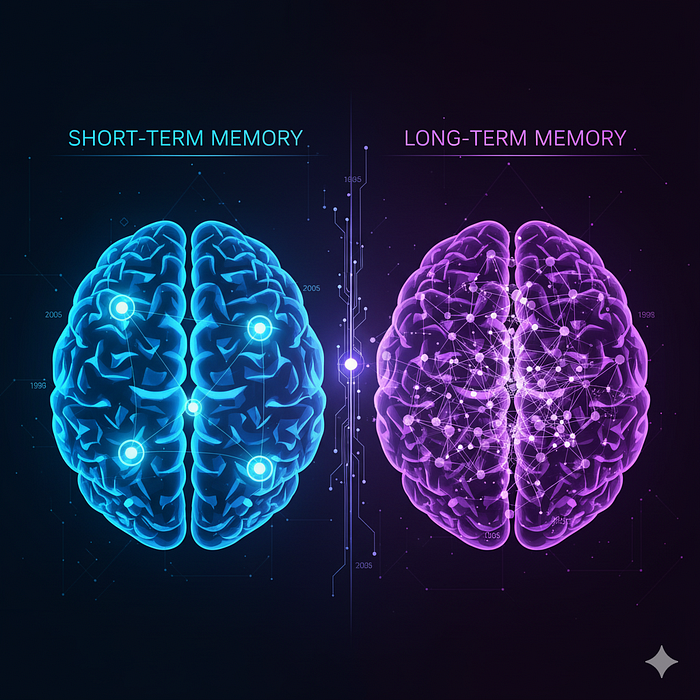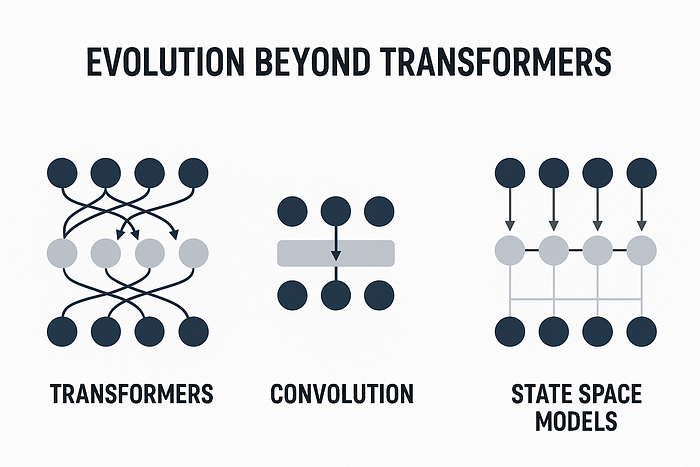Introduction to AI Memory
The movie Memento is a great example of what it’s like to have amnesia. The protagonist wakes up every few minutes with no memory of what just happened. He relies on Polaroid photos and tattoos to piece together his reality. Similarly, AI agents currently function like individuals with severe amnesia, struggling to remember past interactions without prompts.
The Memento Problem: Why Your AI Has Amnesia
AI agents are not able to retain memories of past interactions, which can lead to a lack of personalization and consistency in their responses. This is because they do not have the ability to store and recall memories like humans do. However, with the development of advanced AI memory systems expected in 2025, AI agents will be able to retain preferences, learn from discussions, and connect interactions across time, similar to human memory.
Challenges of Implementing Memory Systems
Implementing memory systems for AI agents is a complex task. It requires the development of advanced algorithms and data structures that can efficiently store and recall large amounts of data. Additionally, the memory system must be able to handle the complexity of human language and behavior, which can be nuanced and context-dependent.
Short-Term vs Long-Term Memory
There are two types of memory: short-term and long-term. Short-term memory refers to the ability to store and recall information for a short period of time, typically seconds or minutes. Long-term memory, on the other hand, refers to the ability to store and recall information over an extended period of time, typically hours, days, or years. AI agents currently have short-term memory, but the development of long-term memory systems is crucial for their ability to learn and improve over time.
Building AI Memory Architecture
Building AI memory architecture requires a deep understanding of human memory and behavior. It involves the development of algorithms and data structures that can efficiently store and recall large amounts of data, as well as the integration of multiple components, such as natural language processing and computer vision. Practical strategies for building AI memory architecture include the use of graph-based models, neural networks, and cognitive architectures.
Conclusion
The development of advanced AI memory systems is a crucial step towards creating more intelligent and personalized AI agents. By enabling AI agents to retain memories of past interactions, we can improve their ability to learn and improve over time, and provide more consistent and personalized responses to users. With the expected development of advanced AI memory systems in 2025, we can expect to see significant improvements in the capabilities of AI agents.
FAQs
What is the Memento problem?
The Memento problem refers to the inability of AI agents to retain memories of past interactions, similar to the protagonist in the movie Memento.
What is the difference between short-term and long-term memory?
Short-term memory refers to the ability to store and recall information for a short period of time, while long-term memory refers to the ability to store and recall information over an extended period of time.
How can AI memory architecture be built?
AI memory architecture can be built using graph-based models, neural networks, and cognitive architectures, and requires a deep understanding of human memory and behavior.
What are the benefits of advanced AI memory systems?
The benefits of advanced AI memory systems include improved personalization, consistency, and ability to learn and improve over time.
When can we expect to see advanced AI memory systems?
We can expect to see advanced AI memory systems in 2025, which will enable AI agents to retain preferences, learn from discussions, and connect interactions across time, similar to human memory.











